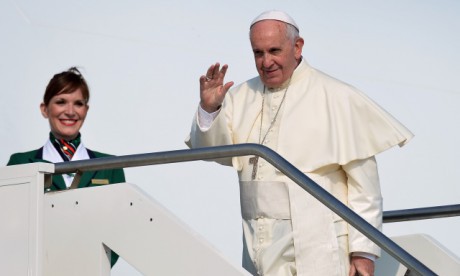Angela “Lita” Boitano was standing about 50 meters away from her daughter Adriana when a car pulled up carrying a group of men who she later learned were Argentinian military policemen dressed as civilians.
They grabbed 24-year-old Adriana and bundled her into the car before speeding away. Lita never saw her daughter again.
It was the second time tragedy had befallen Boitano: a year earlier, in 1976, her 20-year old son, Michelangelo, had disappeared on his way home.
As many as 30,000 people are thought to have joined the ranks of Argentina’s desaparecidos, the term used for political opponents of Argentina’s 1976-83 dictatorship who were kidnapped, tortured for information and then made to vanish.
For Boitano, the loss of her two children not long after she was widowed in 1968 transformed her into an activist, a role she still plays today, at the age of 83.
“The strength to live came from our children – to search for them in the hope that they would be alive. Because I was left with nobody,” she told the Guardian.
That search has taken her all the way inside the halls of the Vatican, where, she believes, meticulous files have been kept about the people who disappeared.
These files were principally collected through the papal nuncio’s office in Buenos Aires at the time, where victims’ families would file written complaints about the disappearances.
South America’s bloody history with military dictatorship will return to the spotlight on Wednesday when Pope Francis touches down in Bolivia, where he is expected to pray at the site where the body of a Jesuit priest, Father Luís Espinal, was found in 1980 after he was kidnapped, tortured and killed by paramilitaries.
The murder was met with outrage and marked a turning point from the country’s history of dictatorships to democracy.
“It was the beginning of the democracy that we continue having in Bolivia,” Father Xavier Albo told the Catholic news site The Pilot, “with all the ups and downs that democracies have.” Continue reading
Sources
